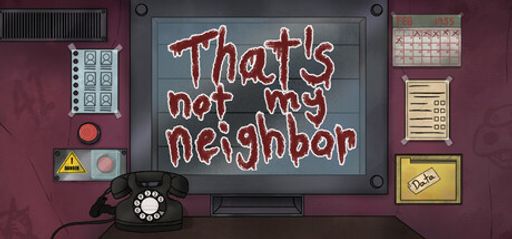I’ve spent the last few weeks immersed in “That’s not my Neighbor” by Nachosama Games. As an adventurer who thrives in uncharted territories, my latest assignment was anything but ordinary. Set in a quirky 1955 atmosphere filled with doppelgangers, the game tasks you with a unique responsibility: you serve as the doorman of an apartment complex. Your task is to decide who gains entry. The absurdity of verifying neighborly credentials is laced with mystery and humor, and it certainly left an impression on me.
Overall Impressions
From the outset, the concept is both charming and innovative. I am drawn to unique gameplay mechanics and fresh storylines, and “That’s not my Neighbor” delivered on that promise. The game stood out with its unusual premise and creative decision-making that forces players into morally ambiguous territory. However, what makes the game even more intriguing is when you consider it in context with other titles in the doppelganger or mystery genres. While the film noir aesthetic and retro setting add character, the overall experience is not without its shortcomings.
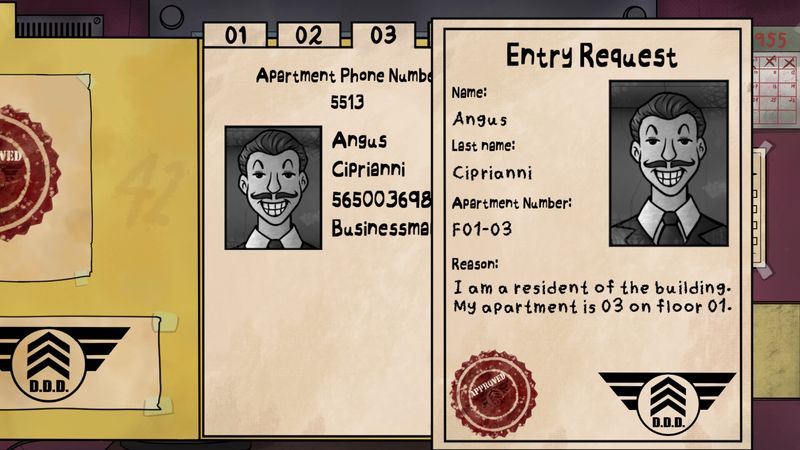
Several elements did fall flat for me. I encountered a sense of nostalgia for prior versions of this title that seemed more refined in presentation. The Steam release lacks some of the silly details, such as lively HUD animations, vibrant button designs for letting characters in or sending them away, and humorous exaggerations like neighbors sprinting away from your window if you forget to secure the door. These moments once added layers of amusement, and their absence is palpable. Despite this, the game manages to remain entertaining, though slightly diminished from its original quirky excellence.
Gameplay Mechanics
The gameplay mechanics are straightforward. You work through a series of interactions at the entrance of your apartment building. The core loop is simple: assess each neighbor, identify potential imposters, and decide whether to let them in. The gameplay rhythm walks a fine line between strategy and humor. Each decision you make subtly impacts the unfolding narrative, and it is this interactivity that has kept me hooked.
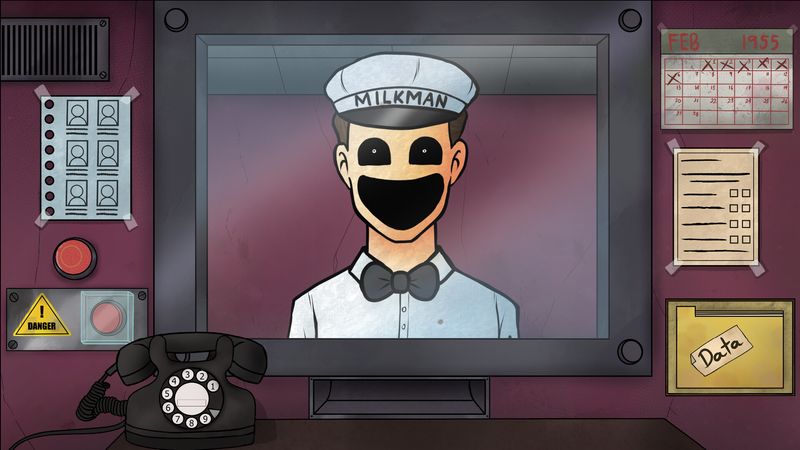
However, there are moments when the mechanics feel either too simplistic or overly constrained. Some players mentioned that the game now feels like an “Easy difficulty” version. I must agree. The input responsiveness is reliable but the challenge sometimes lacks depth. In my long sessions, I noticed that while the game retains “Very Positive” critical acclaim, the absence of certain playful features makes the rounds feel repetitive. Despite these critiques, a few standout sequences offer considerable satisfaction. I recall one particularly engaging moment when multiple doppelgangers approached in rapid succession. My reflexes and decision-making were put to the test, offering a quick surge of adrenaline that reminded me why I enjoy interactive suspense so much.
Story and Characters
As a fan of narrative-driven experiences, I was keen to explore the story behind the mysterious influx of doppelgangers. The backdrop of 1955 is charmingly nostalgic. The narrative hints at deeper governmental overreach through the Department of Doppelganger Detection (D.D.D). Although this premise is novel, the story never quite dives deep. It remains surface level, which occasionally leaves a sense of missed opportunity. I would have preferred more character development and intricate storytelling.
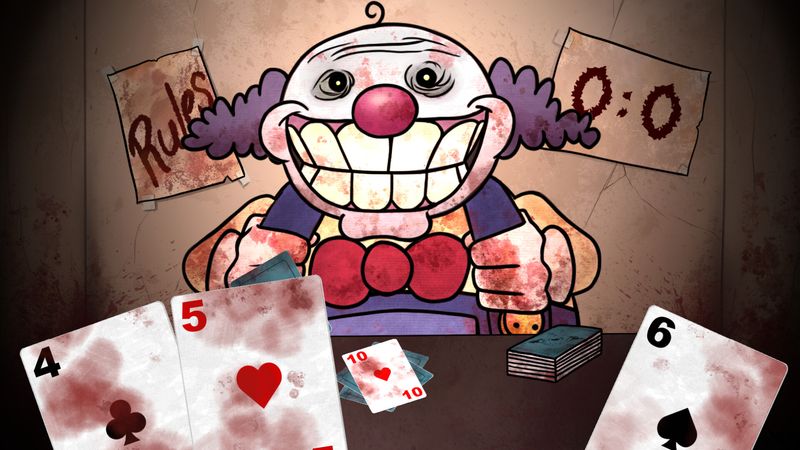
The characters, whether genuine citizens or imposters, have a fleeting presence yet they manage to convey enough personality. Each encounter adds a layer of intrigue to the world. The humor is subtle and interwoven with suspense. I particularly appreciated the dialogue during critical decision points; the text offers wit and occasional satire. Unfortunately, some players have noted that the narrative lacks depth that might have elevated the tension and mystery behind the arrivals. Despite that, I believe the game’s story retains enough charm to keep the curious engaged.
Visuals and Graphics
Nachosama Games has a distinct art style that pays homage to the mid-century design ethos. The visuals evoke nostalgia with a modern twist. The game’s color palette, textures, and overall design look carefully curated to set a vintage tone. I found the graphics clean, and the character designs add a playful yet eerie element to the storyline.
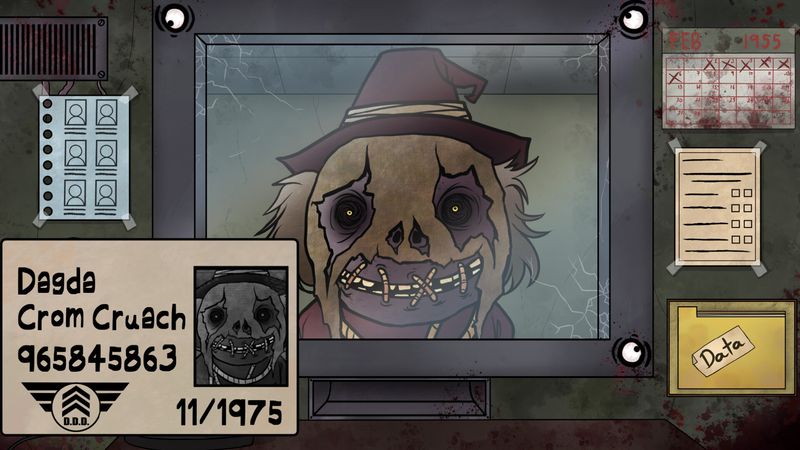
Yet, despite the clever art direction, I did note that some visual elements appear simplified compared to earlier versions. Those old-school, whimsical HUD elements that once animated with life have been toned down, leaving a product that sometimes feels more muted. Such changes can detract from the playful ambiance. Nevertheless, the overall aesthetic and attention to period detail still succeed in immersing players into a nostalgic yet unpredictable environment.
Sound and Music
A well-composed soundtrack can make or break the atmosphere. In “That’s not my Neighbor”, the melody and sound effects were carefully chosen to enhance the period setting. The background score supports the game’s tension and complements its quirky visual style. I found that the sound design elevates the experience. Every click, beep, or rustle serves as a subtle reminder that you are in a world where duplicity lurks behind every corner.
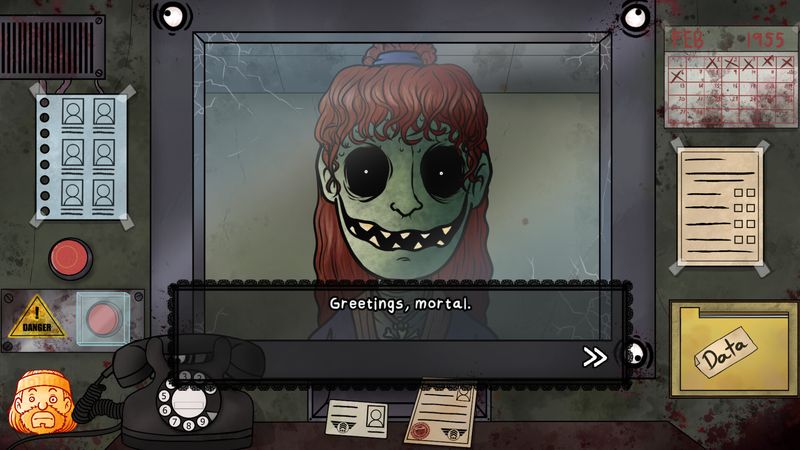
The voice acting, albeit limited, matches the tone of the dialogue. The characters’ voices carry a vintage charm that fits the era. Minor sound effects during gameplay also help to punctuate decisions, underscoring both the humorous and critical moments of the game. In my experience, these elements contribute significantly to the overall immersion, even if they sometimes remind the player of the game’s lighter, more ridiculous roots.
Difficulty and Replayability
The game’s current difficulty level may not satisfy players who crave a high-stakes challenge. The easy-to-navigate controls and forgiving mechanics make it accessible to casual gamers. I found that this simplicity allows for extended play sessions without overwhelming stress. However, the ease might deter those who enjoy a more formidable challenge, especially when the original version boasted a more robust difficulty curve.
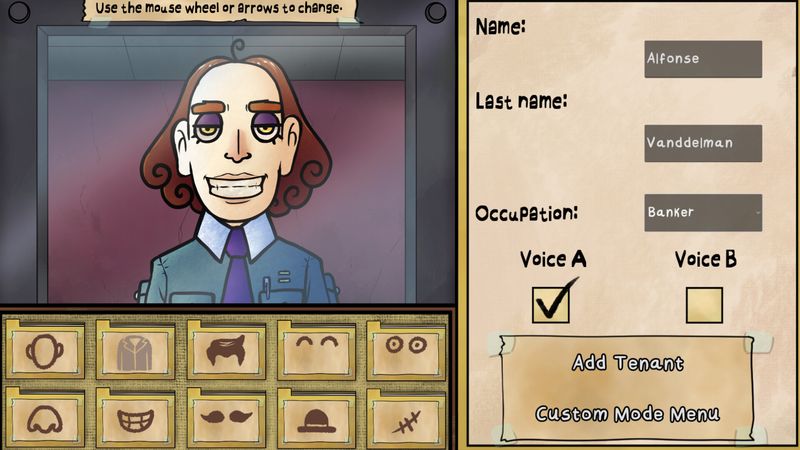
On replayability, “That’s not my Neighbor” offers a modest incentive for multiple playthroughs. The custom mode and campaign improvements remain a work-in-progress, as noted by several players. I believe that with further refinement and the return of some cherished, whimsical gameplay elements, replay value can be notably improved. The game’s potential long-term appeal lies in its clever concept and room for expansion rather than its current execution.
Developer Insights and Behind the Scenes
Nachosama Games is known for its creative exploration of genre-blending and experimental narratives. The studio has a history of crafting experiences that both challenge traditional gameplay formats and extend the imaginative boundaries of storytelling. “That’s not my Neighbor” serves as a testament to their willingness to experiment. While a few features have been dialed back in this release, you can tell the creative fingerprints remain. Rumors circulate that the developers are planning further updates to reintroduce some of the beloved elements from previous versions. This commitment to improvement shows they are listening to the community and seeking to enhance the game further, which sets a positive tone for future developments.
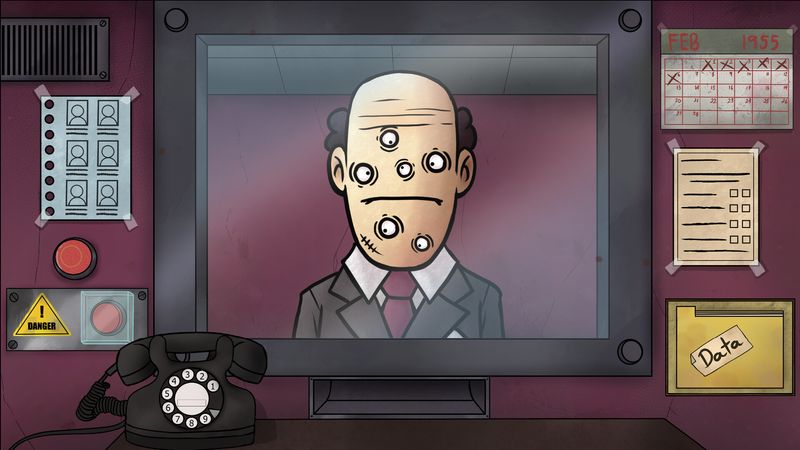
Final Thoughts and Score
My journey as the doorman in this retro-fueled mystery was engaging. The game presents an original, entertaining idea that stands apart from other titles in its genre. Its creative design and period-specific aesthetic offer a charm that few recent games can match. However, trimmed-down features, an overly simplistic difficulty curve, and a repetitive nature in certain gameplay segments kept it from reaching its full potential.
For fans of quirky narratives with a nod to vintage style, “That’s not my Neighbor” is worth trying. The experience may not reach the peak of its earlier incarnations, but it still provides a satisfying blend of humor and mystery. As a seasoned explorer of open-world adventures and a passionate advocate for innovative gameplay, I see promise in this title as further tweaks are made.
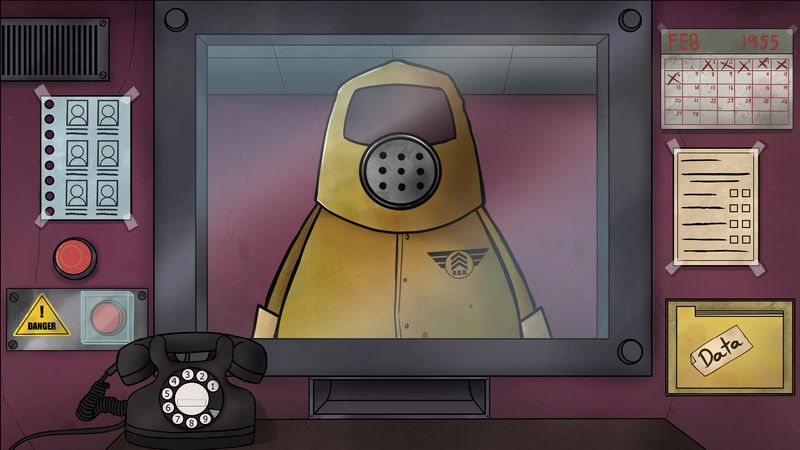
In a final assessment, I rate “That’s not my Neighbor” 3.5 out of 5 stars. While it has room for improvement, its unique concept and vibrant visual style keep it a worthy addition to any gamer’s collection. I remain hopeful that future updates will recapture the playful and challenging elements that once made the game a standout experience.

